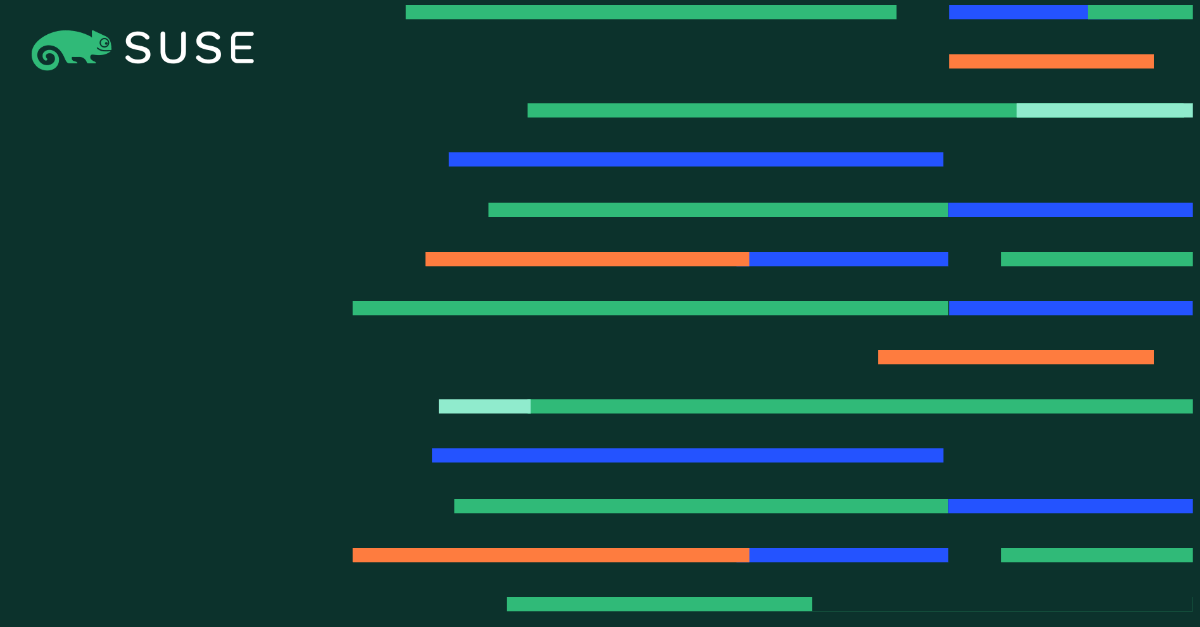Transition from RKE to RKE2 by July 2025
With the release of Rancher Kubernetes Engine (RKE) 1.6.0, we are informing customers that RKE will be maintained for two more versions after 1.6.0, targeting the release window of July 2025. Therefore, please note that RKE will reach End of Life on 25th, July 2025 meaning RKE customers must re-platform to RKE2 or K3S.
RKE was first released on 25th January 2018. Now, 6 years and 625 releases later, we’re beginning the last chapter in the journey of RKE, and for many, a new chapter using RKE2 and K3S.
RKE has been a trusted solution, but the evolving landscape of container orchestration requires enhanced security, scalability and simplicity.
Why Transition to RKE2?
RKE uses Docker, which is no longer maintained as a container runtime. Dockershim was removed from the Kubernetes project as of release 1.24. RKE2 adopts the most common runtime included with Kubernetes distributions, providing a more secure and efficient environment. This change not only enhances the stability of your container workloads but also aligns with the latest industry standards for container management.
RKE2 benefits over RKE
- Modern Architecture: RKE uses Docker, which is no longer maintained as a container runtime. RKE2 adopts containers, providing a more secure and efficient environment.
- Enhanced Security: RKE2 is designed with security at its core, offering defaults and configurations that help clusters pass CIS Kubernetes Benchmarks with minimal intervention.
- Compliance: RKE2 supports FIPS 140-2 compliance and minimizes CVEs through comprehensive scanning with Trivy during the build process.
- Future-Proof: Combining the strengths of RKE and K3S, RKE2 provides a robust and scalable platform that meets modern requirements.
How to Replatform from RKE to RKE2
To replatform from RKE to RKE2, we recommend you first review your platform requirements and architecture, revisiting topics like scalability, security and automation. It’s essential to re-deploy desired workloads from the RKE clusters to the RKE2 clusters, similar to replatforming workloads between different Kubernetes clusters.
Note that replatforming in-place is not possible.
- Begin by evaluating and documenting your RKE clusters and the running workloads, identifying whether workloads are stateless or stateful as the replatforming approach can differ.
- Deploy the RKE2 cluster(s) and configure any necessary ingress or load balancer connectivity.
- Move workloads from the RKE cluster to the RKE2 cluster, staging resources if needed, and ensure rollback steps are ready to maintain a smooth transition.
This is only a high-level summary – more guidance and help are available to ensure a successful replatforming.
Replatforming Support and Contact
We understand that transitioning to a new platform can be challenging. This replatforming overview guide will provide enough guidance in many cases, but for any questions or assistance, please contact us at: replatform@suse.com.
In addition, SUSE has both Consulting and Training services that are available to provide more detailed, personalized assistance. The replatforming overview guide is enough guidance to successfully replace RKE with K3s or RKE2.
We are committed to making this transition as smooth as possible. RKE2 and K3S offer a more secure, efficient and future-proof environment for your Kubernetes needs.
Stay tuned for more updates and detailed guides on the transition process. Thank you for being a part of our community, and we look forward to continuing this journey together with RKE2 and K3S.
(Visited 1 times, 1 visits today)
